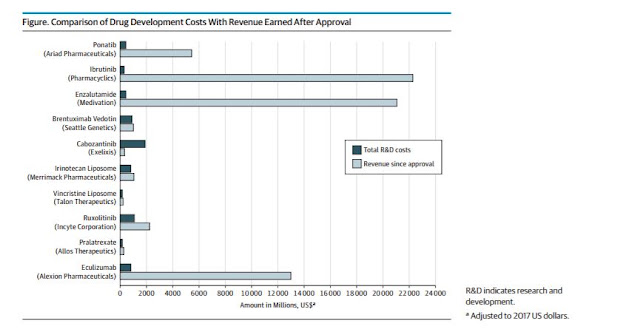Congressional inaction threatens health care access
| Today's Managing Health Care Costs Number is 8.9 million |
We've stepped back from the cliff as Mitch McConnell withdrew the ill-conceived Graham Cassidy bill, which would have thrown tens of millions off of the insurance rolls and eliminated protections for all Americans. But the Republicans continue to prevent serious efforts to fix some of the flaws of the Affordable Care Act (ACA) by saying that they intend to continue repeal efforts, presumably until the end of this Congressional session - and maybe longer still.
The executive branch continues its efforts to undermine the ACA. The open enrollment season is earlier and shorter. There will be no television ads, although they have been shown to be most effective at attracting younger and healthier enrollees. The navigator program has been strangled. And healthcare.gov will be down for "maintenance" all but one Sunday during waking hours through the short open enrollment period.
But the Congressional threat to health care access remains real. Congress must act on a number of pieces of legislation to maintain existing funding for important access programs - and this has received little attention.
- The Childrens Health Insurance Plan (CHIP) authorization runs out this weekend. State programs will start running out of money later this fall. This threatens the insurance of 8.9 million kids. Most states have assumed an unchanged federal match when creating their budgets, so could not afford to maintain current coverage levels without continued funding.
- Community Health Centers got substantial funding from the ACA, and have enjoyed bipartisan support. The $3.6 billion annual Community Health Center Fund has not been reauthorized for FY18. This fund represents a fifth of all CHC revenue, and the health centers can't hire, build, and provide care without a certain source of funding.
- Safety net hospitals could face a $2 billion funding shortfall is Congress doesn't reauthorize disproportionate share (DSH) payments. The safety net hospitals in states that did not expand Medicaid have already been slammed by cuts in DSH payments in anticipation of decreased rates of uninsured patients.
None of these bills are likely to lead to hundreds of protesters packing a hearing room - and it's tougher to protest damaging Congressional inactionthan proposed harmful Congressional action. Congress holds in its hands the ability to make health care dramatically worse for millions over the coming weeks. The outlook for health care access in America is still unsettled or worse.





